Blog > Accent Walls: Transforming a Room with a Pop of Color
Accent Walls: Transforming a Room with a Pop of Color
This article could offer inspiration and tips for painting a single wall with a bold color or pattern to create a focal point in a room.
Introduce the concept of accent walls and how they can be used to add visual interest and depth to a room. Highlight the benefits of using an accent wall, such as the ability to create a focal point, balance out a space, or add personality and style.
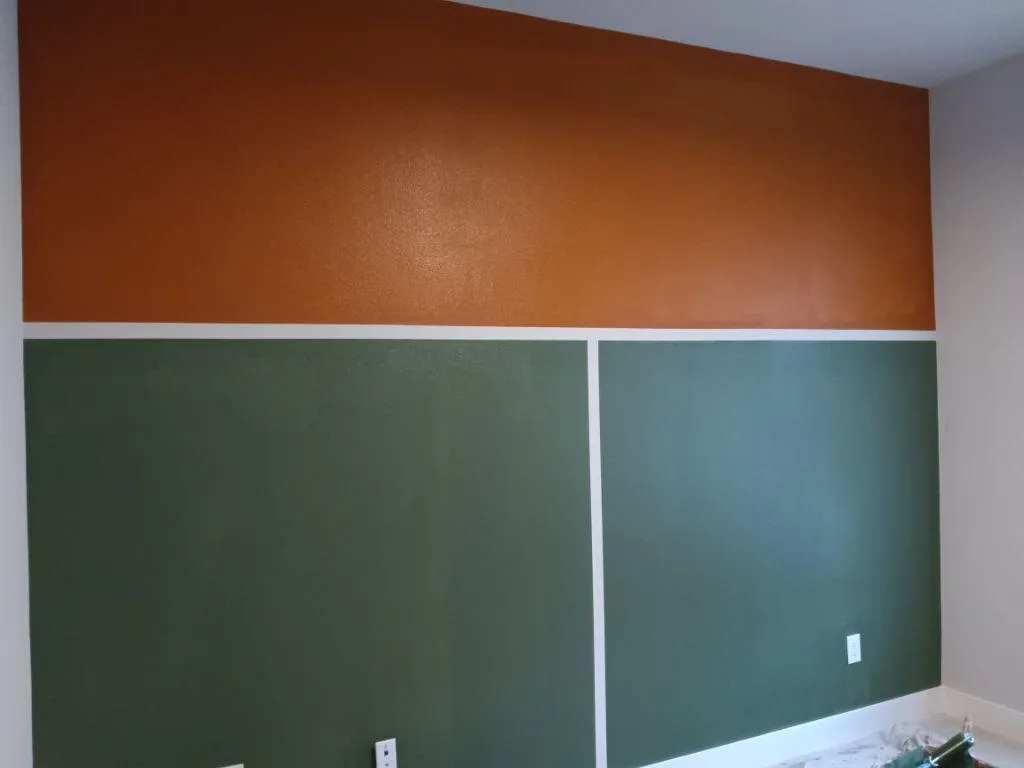
What to consider when choosing Accent colors for a room.
When choosing the wall to use as an accent wall, it's important to consider the layout of the room and the overall design scheme. Typically, the accent wall should be the wall that first catches the eye when entering the room, such as the wall opposite the doorway, the wall behind the bed in a bedroom, or the wall behind the sofa in a living room. However, there are some factors to consider when selecting the wall for the accent wall. For example, if the room is small or has a low ceiling, it's best to avoid painting the wall that is closest to the viewer as this will make the room appear even smaller. Instead, choose a wall that is further away or has more open space around it. Another consideration is the wall's shape and size. For example, a long and narrow wall can be made to look wider by using an accent color, while a large and tall wall can be made to feel cozier with a darker accent color. In addition, it's important to consider any architectural features on the wall, such as a fireplace, alcove, or built-in shelving, and decide whether the accent color will enhance or clash with these features.
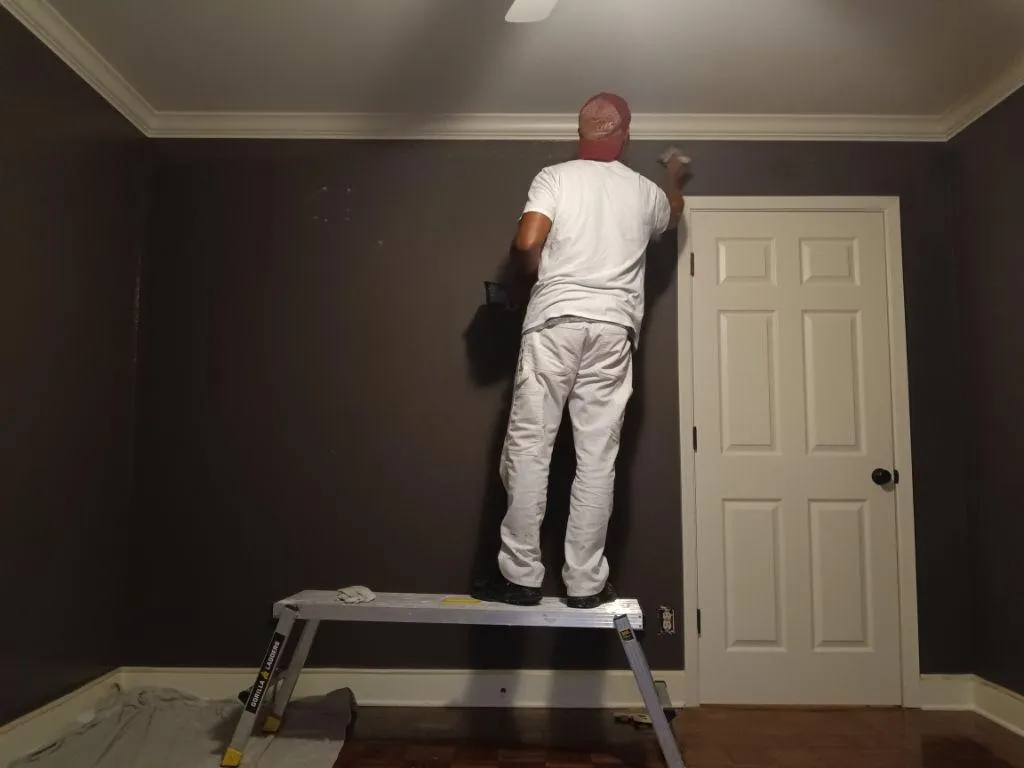
Finally, it's important to consider the existing furniture and decor in the room. If the room already has a lot of patterns or bold colors, it's best to choose a neutral or complementary color for the accent wall. On the other hand, if the room is mostly neutral, a bright or bold color can be used to add interest and personality. By taking all of these factors into account, you can choose the perfect wall for your accent color to create a stunning focal point in the room.
When selecting a color for your accent wall, it's important to consider the overall design scheme of the room and how the accent color will fit in. One popular approach is to choose a complementary color, which is a color that is opposite the dominant color in the room on the color wheel. For example, if the room is predominantly blue, a complementary accent color would be orange. This creates a sense of balance and harmony in the room.
Another approach is to choose a contrasting color, which is a color that is not found in the existing color palette of the room. This can be a bold and striking choice, but it's important to choose a color that complements the existing color scheme and doesn't clash with it. For example, if the room is primarily neutral, a bold red or yellow accent wall can add a pop of color and personality.
It's also important to consider the mood or atmosphere that you want to create in the room. For example, if you want to create a calming and peaceful atmosphere in a bedroom, you might choose a cool, muted color such as lavender or light blue. On the other hand, if you want to create a bold and energetic atmosphere in a living room, you might choose a bright and bold color such as orange or turquoise.
In addition, you can also use color psychology to create a specific mood or feeling in the room. For example, yellow is often associated with happiness and energy, while blue is associated with calmness and tranquility. By choosing the right color for your accent wall, you can create the perfect mood and atmosphere for your space.
Painting Techniques: step-by-step instructions and tips for each technique.
There are several different techniques that can be used to paint an accent wall, depending on the desired effect and the skill level of the painter. One popular technique is to use painter's tape to create crisp, clean lines and shapes. To do this, apply painter's tape along the edges of the wall or the areas where you want to create a design, making sure to press the tape firmly to ensure a tight seal. Then, use a brush or roller to apply paint to the exposed areas, being careful not to paint over the tape. Once the paint is dry, remove the tape to reveal a clean, sharp design.
Another technique is freehand painting, which involves painting the accent wall without the use of tape or stencils. This technique requires a steady hand and some artistic skill, but can result in a unique and personalized look. To freehand paint, simply apply paint directly to the wall using a brush or roller, starting from the edges and working your way inward. It's important to use light, even strokes and to take breaks frequently to prevent hand fatigue.
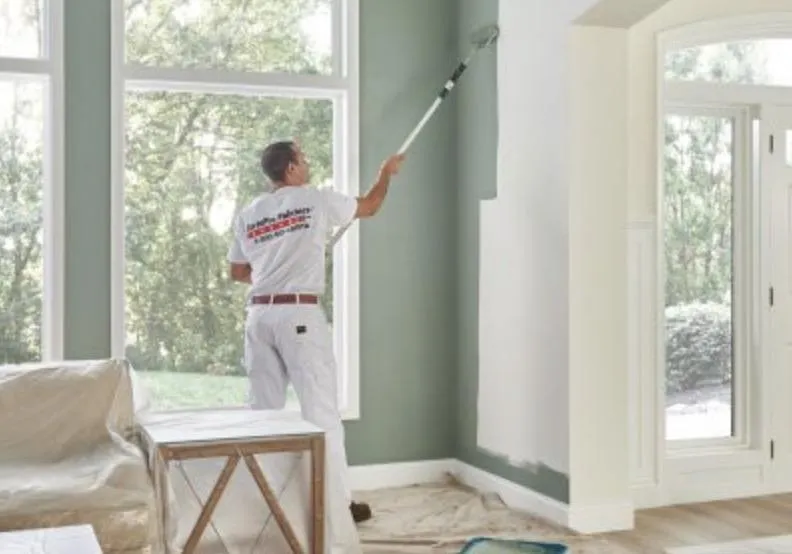
A third technique is to create a geometric design on the wall using stencils or tape. This involves creating a repeating pattern of shapes or lines, such as triangles or stripes, to add visual interest to the wall. To create a geometric design, apply painter's tape or a stencil to the wall in the desired pattern, then apply paint using a brush or roller. Once the paint is dry, remove the tape or stencil to reveal the finished design.
No matter which technique is used, it's important to take your time and use high-quality materials to ensure a professional-looking end result. Always start with a clean, smooth surface and use even strokes to avoid drips or runs. With a bit of patience and practice, anyone can create a beautiful and unique accent wall in their home.
More to Know About Maintenance and Upkeep
Maintaining an accent wall is an important part of keeping your home looking its best. To keep the wall looking fresh and clean, it's important to dust it regularly with a soft cloth or duster to remove any surface dirt or debris. If the wall becomes soiled or stained, it can be cleaned with a mixture of mild soap and water. Avoid using harsh chemicals or abrasive cleaners, as these can damage the paint and the wall surface.
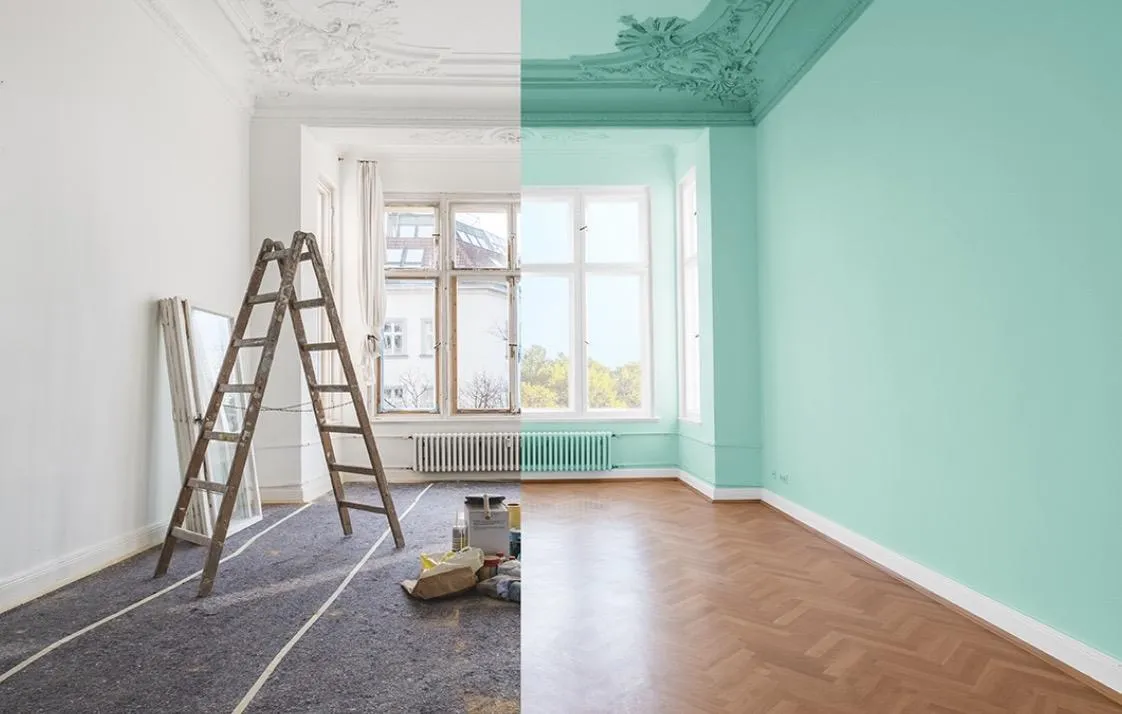
If the wall becomes chipped, scratched, or otherwise damaged, it's important to touch up the paint as soon as possible to prevent further damage. To touch up the paint, start by cleaning the area with soap and water and allowing it to dry completely. Then, use a small brush to carefully apply a thin layer of matching paint to the damaged area, feathering the edges to blend the new paint with the old. Allow the touch-up paint to dry completely before assessing the need for additional touch-ups or repairs.
By following these simple maintenance and upkeep tips, you can keep your accent wall looking beautiful and vibrant for years to come.
In conclusion, using an accent wall is a great way to transform a room and add style and personality to your home. Whether you choose a bold color, a unique texture, or a custom design, an accent wall can make a dramatic statement and set the tone for the entire space. Not only does it provide a visual focal point, but it can also create the illusion of depth and dimension, making a room feel larger and more inviting. With a bit of creativity and some basic painting techniques, anyone can create a stunning accent wall that reflects their personal style and enhances their home's overall aesthetic. So why not consider adding an accent wall to your next home improvement project and enjoy the many benefits it has to offer?
Contact Us
Service Hours
Social Media
Blog > Accent Walls: Transforming a Room with a Pop of Color
Accent Walls: Transforming a Room with a Pop of Color

This article could offer inspiration and tips for painting a single wall with a bold color or pattern to create a focal point in a room.
Introduce the concept of accent walls and how they can be used to add visual interest and depth to a room. Highlight the benefits of using an accent wall, such as the ability to create a focal point, balance out a space, or add personality and style.
What to consider when choosing Accent colors for a room.
When choosing the wall to use as an accent wall, it's important to consider the layout of the room and the overall design scheme. Typically, the accent wall should be the wall that first catches the eye when entering the room, such as the wall opposite the doorway, the wall behind the bed in a bedroom, or the wall behind the sofa in a living room. However, there are some factors to consider when selecting the wall for the accent wall. For example, if the room is small or has a low ceiling, it's best to avoid painting the wall that is closest to the viewer as this will make the room appear even smaller. Instead, choose a wall that is further away or has more open space around it. Another consideration is the wall's shape and size. For example, a long and narrow wall can be made to look wider by using an accent color, while a large and tall wall can be made to feel cozier with a darker accent color. In addition, it's important to consider any architectural features on the wall, such as a fireplace, alcove, or built-in shelving, and decide whether the accent color will enhance or clash with these features.

Finally, it's important to consider the existing furniture and decor in the room. If the room already has a lot of patterns or bold colors, it's best to choose a neutral or complementary color for the accent wall. On the other hand, if the room is mostly neutral, a bright or bold color can be used to add interest and personality. By taking all of these factors into account, you can choose the perfect wall for your accent color to create a stunning focal point in the room.
When selecting a color for your accent wall, it's important to consider the overall design scheme of the room and how the accent color will fit in. One popular approach is to choose a complementary color, which is a color that is opposite the dominant color in the room on the color wheel. For example, if the room is predominantly blue, a complementary accent color would be orange. This creates a sense of balance and harmony in the room.
Another approach is to choose a contrasting color, which is a color that is not found in the existing color palette of the room. This can be a bold and striking choice, but it's important to choose a color that complements the existing color scheme and doesn't clash with it. For example, if the room is primarily neutral, a bold red or yellow accent wall can add a pop of color and personality.
It's also important to consider the mood or atmosphere that you want to create in the room. For example, if you want to create a calming and peaceful atmosphere in a bedroom, you might choose a cool, muted color such as lavender or light blue. On the other hand, if you want to create a bold and energetic atmosphere in a living room, you might choose a bright and bold color such as orange or turquoise.
In addition, you can also use color psychology to create a specific mood or feeling in the room. For example, yellow is often associated with happiness and energy, while blue is associated with calmness and tranquility. By choosing the right color for your accent wall, you can create the perfect mood and atmosphere for your space.
Painting Techniques: step-by-step instructions and tips for each technique.
There are several different techniques that can be used to paint an accent wall, depending on the desired effect and the skill level of the painter. One popular technique is to use painter's tape to create crisp, clean lines and shapes. To do this, apply painter's tape along the edges of the wall or the areas where you want to create a design, making sure to press the tape firmly to ensure a tight seal. Then, use a brush or roller to apply paint to the exposed areas, being careful not to paint over the tape. Once the paint is dry, remove the tape to reveal a clean, sharp design.
Another technique is freehand painting, which involves painting the accent wall without the use of tape or stencils. This technique requires a steady hand and some artistic skill, but can result in a unique and personalized look. To freehand paint, simply apply paint directly to the wall using a brush or roller, starting from the edges and working your way inward. It's important to use light, even strokes and to take breaks frequently to prevent hand fatigue.

A third technique is to create a geometric design on the wall using stencils or tape. This involves creating a repeating pattern of shapes or lines, such as triangles or stripes, to add visual interest to the wall. To create a geometric design, apply painter's tape or a stencil to the wall in the desired pattern, then apply paint using a brush or roller. Once the paint is dry, remove the tape or stencil to reveal the finished design.
No matter which technique is used, it's important to take your time and use high-quality materials to ensure a professional-looking end result. Always start with a clean, smooth surface and use even strokes to avoid drips or runs. With a bit of patience and practice, anyone can create a beautiful and unique accent wall in their home.
More to Know About Maintenance and Upkeep
Maintaining an accent wall is an important part of keeping your home looking its best. To keep the wall looking fresh and clean, it's important to dust it regularly with a soft cloth or duster to remove any surface dirt or debris. If the wall becomes soiled or stained, it can be cleaned with a mixture of mild soap and water. Avoid using harsh chemicals or abrasive cleaners, as these can damage the paint and the wall surface.
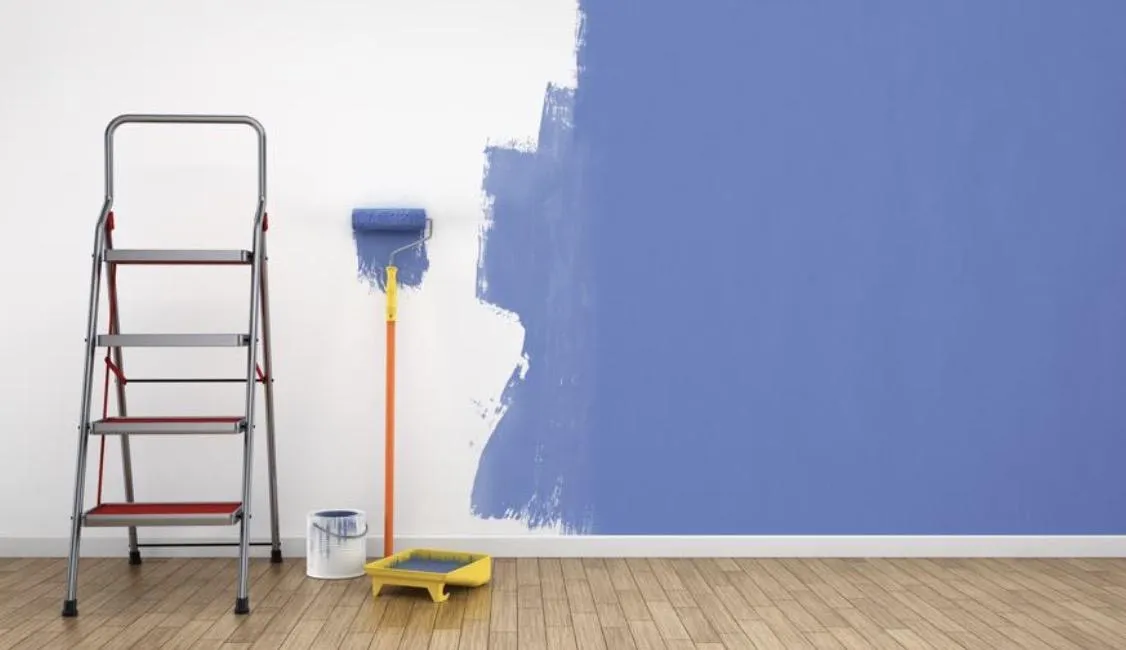
If the wall becomes chipped, scratched, or otherwise damaged, it's important to touch up the paint as soon as possible to prevent further damage. To touch up the paint, start by cleaning the area with soap and water and allowing it to dry completely. Then, use a small brush to carefully apply a thin layer of matching paint to the damaged area, feathering the edges to blend the new paint with the old. Allow the touch-up paint to dry completely before assessing the need for additional touch-ups or repairs.
By following these simple maintenance and upkeep tips, you can keep your accent wall looking beautiful and vibrant for years to come.
In conclusion, using an accent wall is a great way to transform a room and add style and personality to your home. Whether you choose a bold color, a unique texture, or a custom design, an accent wall can make a dramatic statement and set the tone for the entire space. Not only does it provide a visual focal point, but it can also create the illusion of depth and dimension, making a room feel larger and more inviting. With a bit of creativity and some basic painting techniques, anyone can create a stunning accent wall that reflects their personal style and enhances their home's overall aesthetic. So why not consider adding an accent wall to your next home improvement project and enjoy the many benefits it has to offer?
Contact Us
(346) 209-4009
Humble, Texas, 77346
Service Hours
Mon-Sat: 8am-6pm
Sun: Off
Social Media





